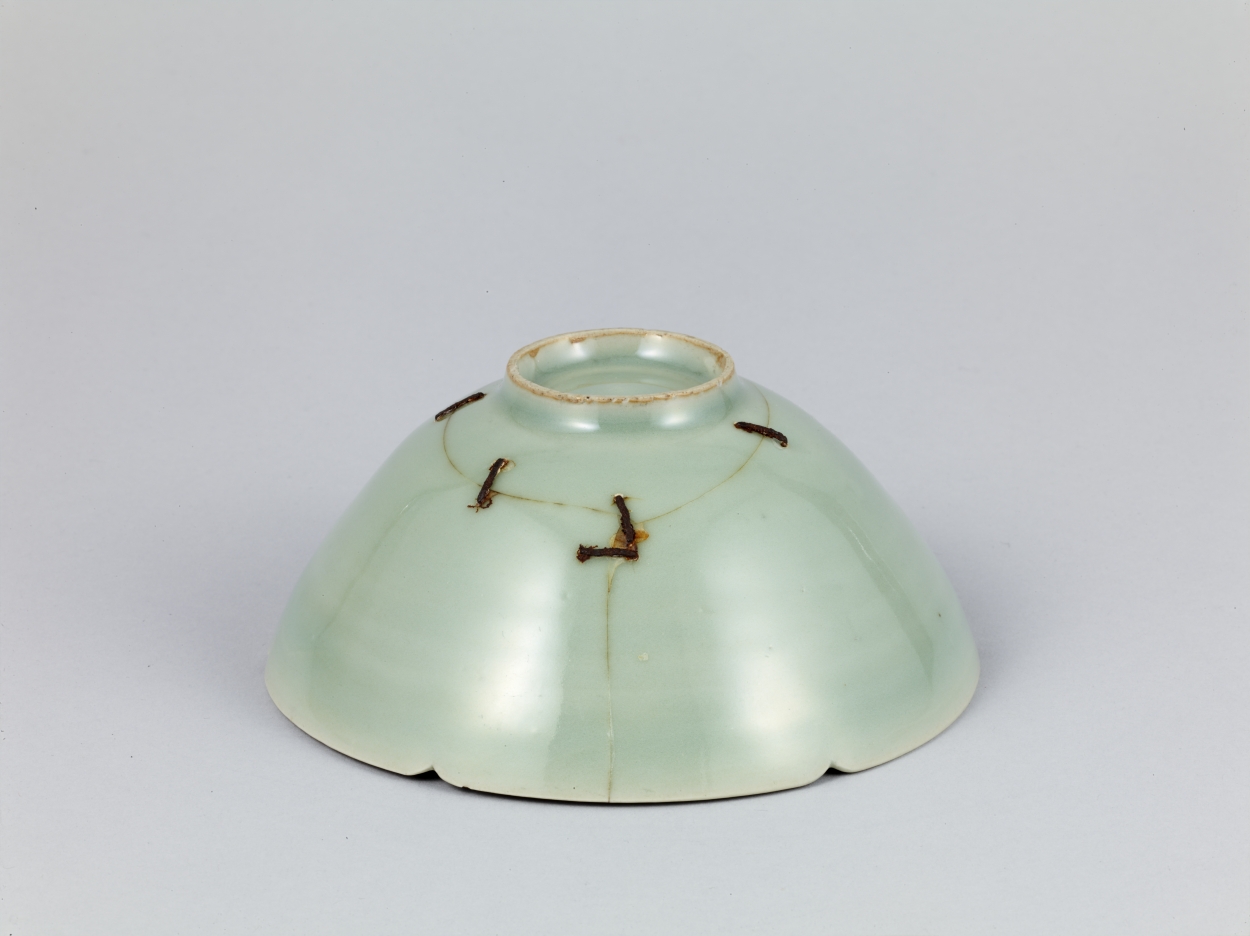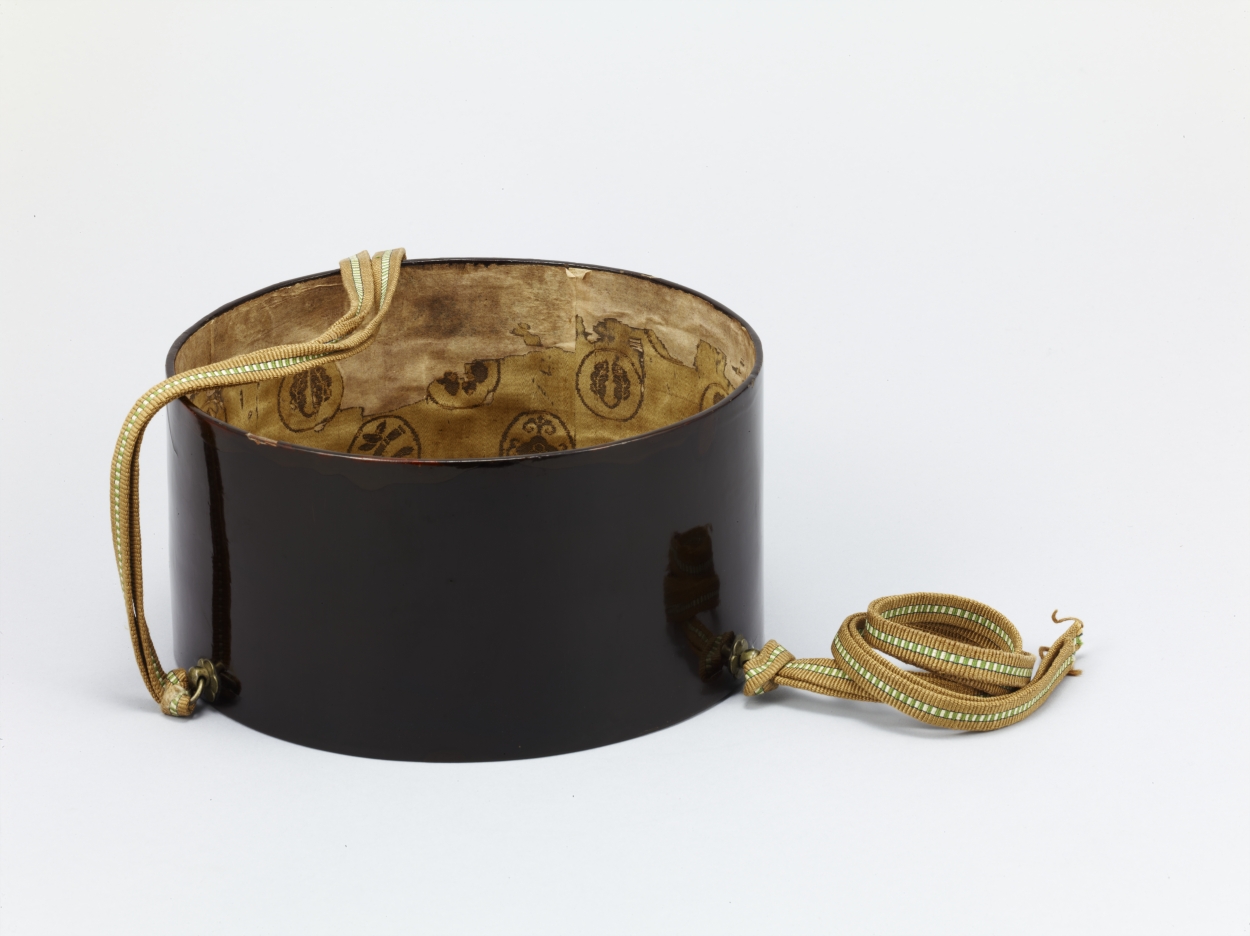「茶碗」とは、文字だけを見ればお茶を入れるお碗のことです。ですが日本の歴史の上では、必ずしもそうとはかぎりません。平安時代の記録には、「茶碗の壺」といった、不思議な記述が登場しています。実は当時の日本では、中国から輸入された釉薬のかかった陶磁器全体を、「茶碗」と呼んでいたのです。鎌倉時代、寺院で抹茶を飲むのに用いられた「建盞」や「天目」は、茶碗とは分けて呼ばれていました。
These days, Japanese people call tea bowls “chawan”, which literally means “tea bowl”. This seems very logical, but “chawan” had different meaning in the past.
In the 12th and 13th centuries, the bowls used for tea drinking at monasteries were not called “tea bowls”, but rather kensan or tenmoku.
This is because “tea bowls”, chawan, meant all glazed ceramics and pottery imported from China in those days. For example the phrase “a tea bowl bottle” is found in a text written before the 12th century. The “tea bowl bottle” must have been a bottle made of glazed ceramics imported from China.


